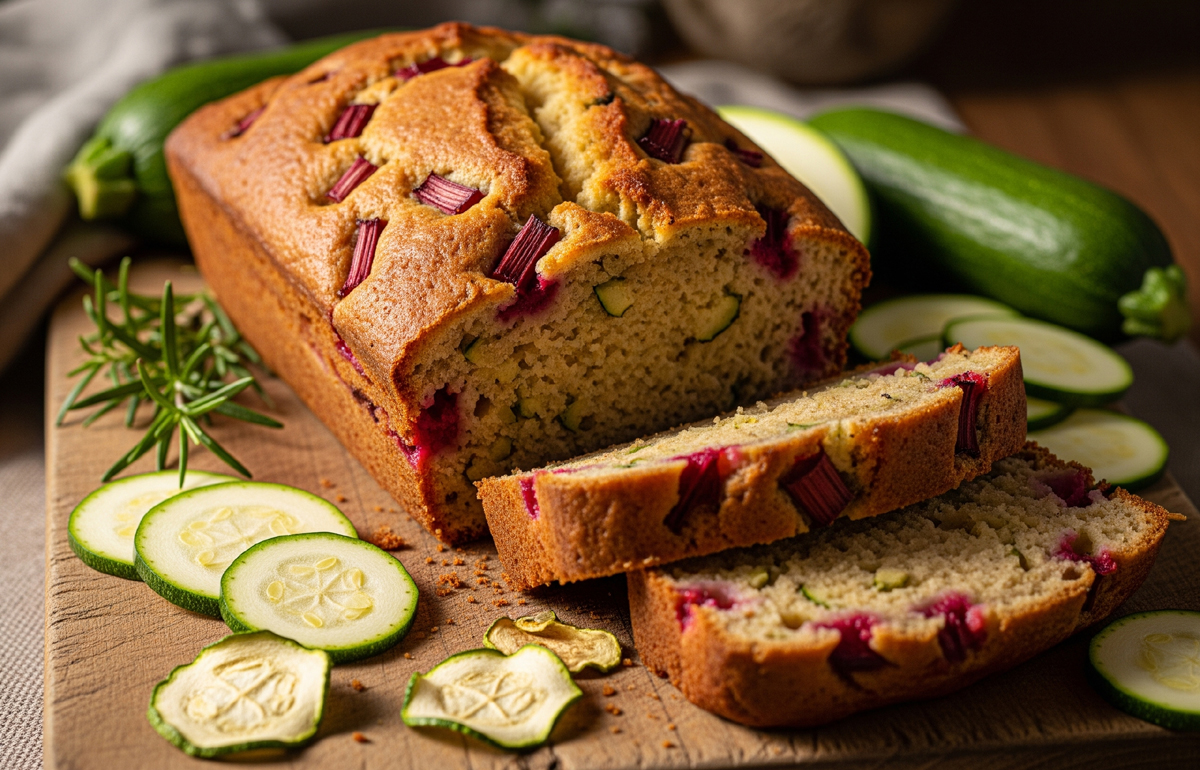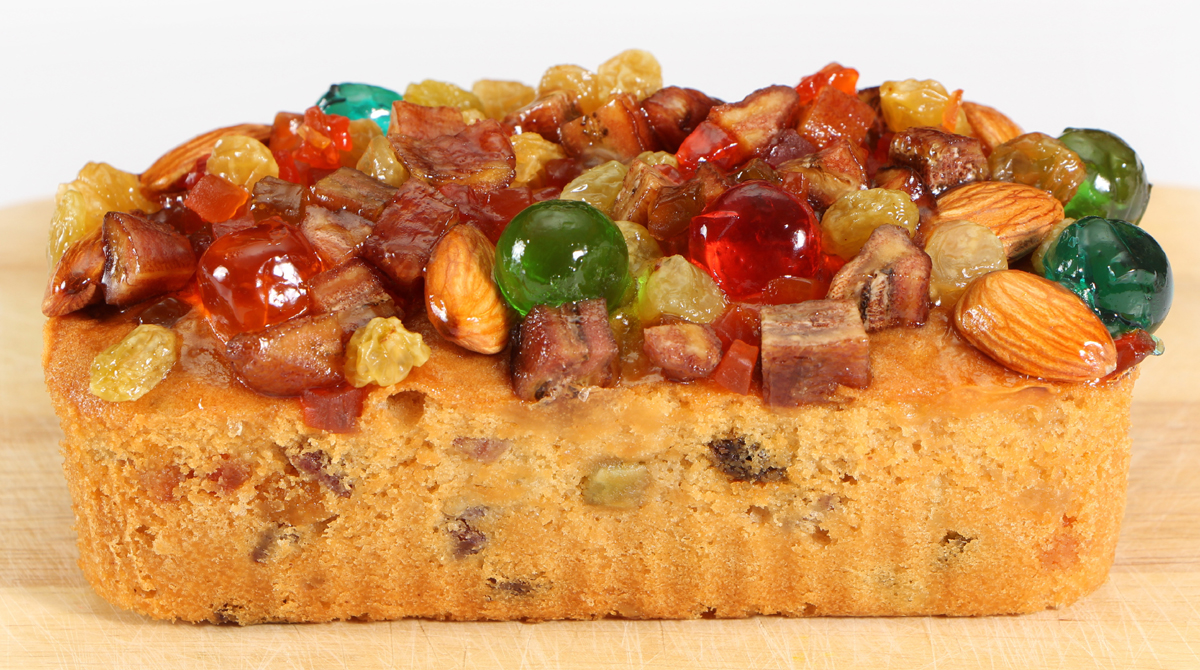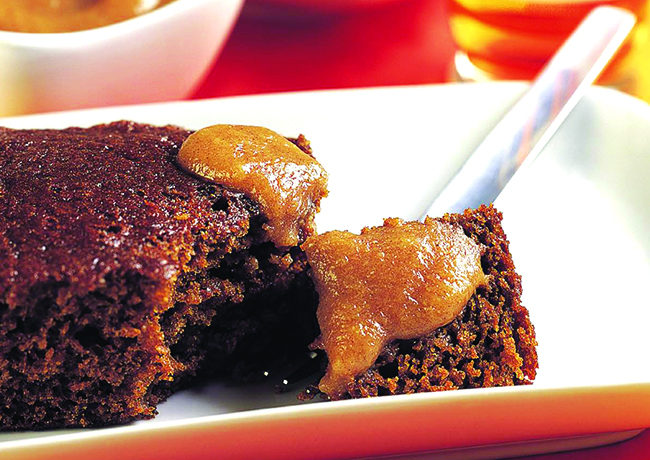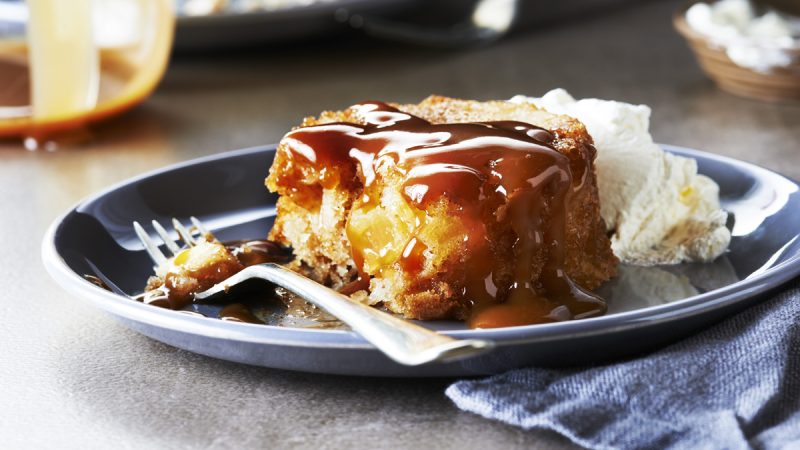Dehydrating Zucchini and Making Bread

I was driving down the highway yesterday after a short visit to my son’s home when I chanced upon one of the many little roadside stands operated by the hobby gardeners. On display was an assortment of desirable vegetables all of good quality and offered at very reasonable prices. Among the more interesting of the selection which I viewed were the quarts of Zucchini and Yellow Squash.
Immediately upon noticing the price of $2.00 per quart my mind began racing toward thoughts of dehydrating the product for wintertime use. Since my wife generally uses shredded zucchini for making her delicious bread, I deliberated that dehydrating it would be the most beneficial manner for preserving it. I would merely shred it up and dehydrate it so that we could then simply add the product dry to make her bread the same as if we were using fresh zucchini.
To dehydrate the vegetable you must first shred your zucchini using any method which you may desire. The trick is to get it thin enough to dry within a reasonable time frame. Excessive drying times tend to promote development of mold which destroys your food and is also an indication that your temperatures may not be up to par. If you so desire you could peel the zucchini first, however we prefer to leave the skin attached as that is the way my wife creates her zucchini bread. You could utilize a food processor or the manual mandolin to shred the zucchini as either method is acceptable. Many people under-estimate the value of the mandolin. I personally use it for many kitchen cooking tasks. Place your shredded zucchini upon your dehydrator trays ensuring that it has as little overlap as possible. The less you have, the less the zucchini will stick together when finished drying. Either way, it will dry crispy and if they happen to stick together they could easily be broken into smaller bits when completed. Spreading them out provides an even drying environment where the entire product dries at equal times. With that in mind don’t spend a lot of time spreading it apart. I merely place the shredded zucchini on the trays and spread it evenly around with my hand, end of task.
Dehydrate your zucchini at 125 degrees for approximately 5 to 6 hours. Two cups of shredded zucchini will yield you close to 1/2 cup of dried product. We found that we could dehydrate a quart jars worth of zucchini with a single dehydrator load.
With that out-of-the-way I would like to present you with a recipe for some tasty bread known as “zucchini-rhubarb bread”. This bread is made from shredded and dried zucchini but if you can’t wait to eat it you could make it with fresh zucchini as well. In the event that you are not currently growing rhubarb you can feel free to substitute additional zucchini in its place however, I seriously recommend that you perhaps grow some rhubarb in your survival garden.
Zucchini Bread
Ingredients:
- 3/4 of a cup of dehydrated shredded zucchini
- 1/2 of a cup of dried rhubarb
- 1 1/4 cups of warm water
- 3 teaspoons of dried egg powder or 3 fresh eggs
- 1 cup of melted butter
- 2 cups of sugar
- 1 teaspoon of vanilla extract
- 1/2 teaspoon of ground cinnamon
- 1/4 teaspoon of ground cloves
- 1/4 teaspoon of ground ginger
- 2 1/2 cups of white flour
- 1 teaspoon each of baking powder and baking soda
- A pinch of salt
Directions:
Before starting your bread pre-heat your oven to a temperature of 325 degrees. While waiting for the oven to obtain its temperature grease two small 3 by 7 inch bread pans.
In a medium size bowl combine your dehydrated zucchini, the rhubarb and warm water together and hand mix well. Let this mixture sit for approximately 30 minutes.
In another medium bowl beat the eggs well and add the butter, the two cups of sugar, and the vanilla extract. Once again mix well by hand-stirring. It is now time to add the rehydrated zucchini and rhubarb along with some cinnamon, cloves and ginger. Stir the mixture again to combine all the ingredients.
In yet another bowl you will be combining the white flour, baking powder and soda while adding the pinch of salt. After mixing the dry ingredients together you can add it to the egg mixture and continue to blend together by hand. Now divide the batter you have created into the two bread pans. Let the pans rest for about 20 minutes prior to baking in order to allow the flavors to mingle properly.
Bake your bread for one hour and then check it by placing a toothpick into it. If the toothpick comes out clean the bread it done. Remove them from the oven and cool on a wire rack.
There you have it all in a nutshell, an excellent method of preserving your zucchini from your summer garden for homemade wintertime bread.
The Author:
By Joseph Parish
Copyright @2011 Joseph Parish
For more information relating to survival visit us at http://www.survival-training.info
Photo. Gemini
Source: EA









How do you dry large amounts of rhubarb and what size is good for this bread?
To dry large amounts of rhubarb, you can start by washing and trimming the rhubarb stalks. Cut them into small pieces or thin slices, ensuring they are all of similar size for consistent drying. Next, spread the rhubarb pieces in a single layer on dehydrator trays or baking sheets. If using a dehydrator, follow the manufacturer’s instructions for the recommended temperature and drying time. If using an oven, set it to the lowest temperature possible (usually around 140°F or 60°C) and dry the rhubarb for several hours until it becomes brittle and dry to the touch.
As for the size suitable for this bread, you can chop the dried rhubarb into small pieces, roughly the size of raisins, or smaller if preferred. This will ensure that the rhubarb is evenly distributed throughout the bread and provides a balanced flavor. Adjust the amount as per personal preference, but aim for about 1-1.5 cups of chopped dried rhubarb for the bread recipe.